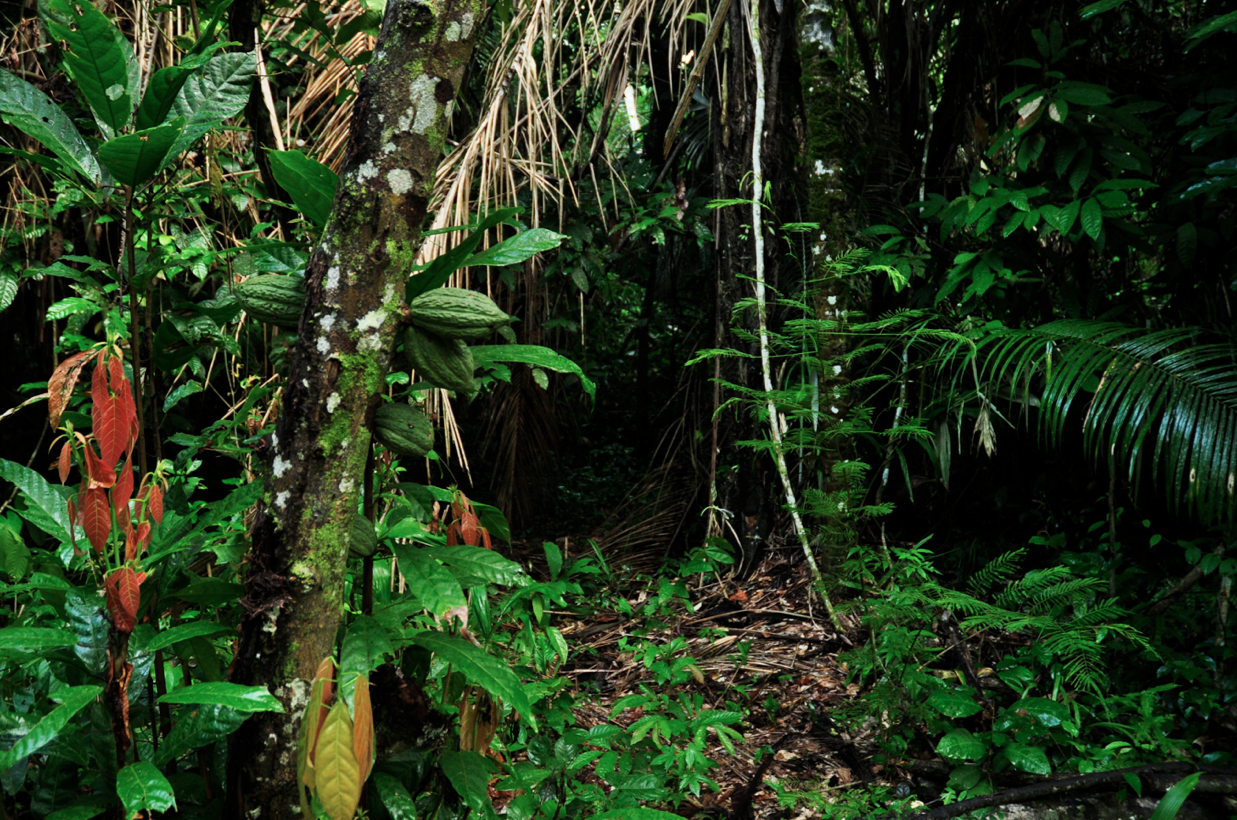When we talk about our Esmeraldas Milk chocolate, we always note that the rare heirloom cacao beans from which it’s made are grown in the last pacific cloud forest in the world. Sounds beautiful and romantic, right, but what actually is a cloud forest?
Located in the northwest section of Ecuador in the Esmeraldas province, the pacific cloud forest in the Mache Chindul reserve rests 800 meters in the mountains and is comprised of towering trees that grow to 25-30 meters tall and seemingly touch the clouds, nature’s skyscrapers. It is blanketed in a moist, cool, green, lushness that overtakes the senses. But locals and the few annual visitors see the forest through the ever-present, year-round mist that condenses on the face of the mountain.
Center for Biodiversity
The Mache Chindul nature reserve that houses the cloud forest is the last remaining means to protect the coastal rainforest, one of the most threatened in the world. The reserve spans 70.000 hectares and is a quilt of tropical rainforests, swimming holes and waterfalls, and home to one of the most biodiverse animal and plant populations in the world, 10 percent of which is believed to be endemic.
In some parts of the reserve, there are over 1.400 unique plants per hectare. The bird population is rich and varied as well, with 491 species having been registered. Of the 136 mammals, including the black-headed spider monkey, that call the reserve home, 38 are endangered. The cloud forest is also dotted with an amazing, colourful frog collection that is also threatened. The diversity of frogs likely owes to the theory that they evolve in the mountains and then travel to the lowlands. It is the quirky tree frog that adorns our packaging, a symbol of the importance and beauty of the cloud forest and of replenishing what we consume to protect the world’s plants and animals, no matter how big or small.


Recent Comments